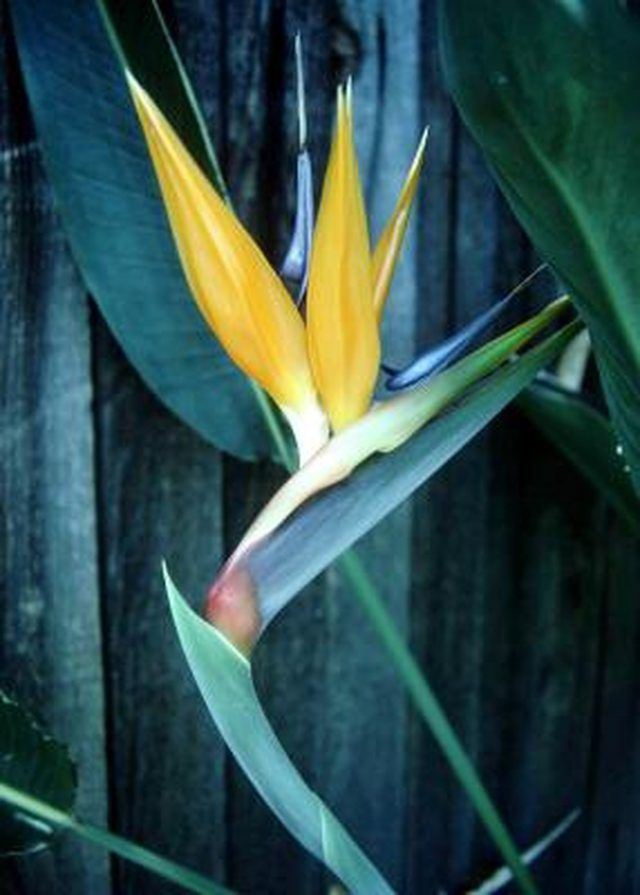Bulbs
Flower Basics
Flower Beds & Specialty Gardens
Flower Garden
Garden Furniture
Garden Gnomes
Garden Seeds
Garden Sheds
Garden Statues
Garden Tools & Supplies
Gardening Basics
Green & Organic
Groundcovers & Vines
Growing Annuals
Growing Basil
Growing Beans
Growing Berries
Growing Blueberries
Growing Cactus
Growing Corn
Growing Cotton
Growing Edibles
Growing Flowers
Growing Garlic
Growing Grapes
Growing Grass
Growing Herbs
Growing Jasmine
Growing Mint
Growing Mushrooms
Orchids
Growing Peanuts
Growing Perennials
Growing Plants
Growing Rosemary
Growing Roses
Growing Strawberries
Growing Sunflowers
Growing Thyme
Growing Tomatoes
Growing Tulips
Growing Vegetables
Herb Basics
Herb Garden
Indoor Growing
Landscaping Basics
Landscaping Patios
Landscaping Plants
Landscaping Shrubs
Landscaping Trees
Landscaping Walks & Pathways
Lawn Basics
Lawn Maintenance
Lawn Mowers
Lawn Ornaments
Lawn Planting
Lawn Tools
Outdoor Growing
Overall Landscape Planning
Pests, Weeds & Problems
Plant Basics
Rock Garden
Rose Garden
Shrubs
Soil
Specialty Gardens
Trees
Vegetable Garden
Yard Maintenance
How to Root Shoots from a Large Bird-of-Paradise Plant
How to Root Shoots from a Large Bird-of-Paradise Plant. It's hard to imagine a more exotic flower than the tall bird of paradise, sometimes called the crane plant. The flower does, in fact, resemble a water bird. It has a slender blue neck and head and a long, pointed blue beak. Atop the "head" is a brilliant orange fanned crest -- the petioles of...

It's hard to imagine a more exotic flower than the tall bird of paradise, sometimes called the crane plant. The flower does, in fact, resemble a water bird. It has a slender blue neck and head and a long, pointed blue beak. Atop the "head" is a brilliant orange fanned crest -- the petioles of the flower. Birds of paradise are tropical plants, but they can successfully be grown in other climates as houseplants or outdoor container plants, provided they are sheltered during the winter. You can start a new bird-of-paradise plant by taking shoots from a parent plant.
Things You'll Need
Pitchfork
Garden spade
Knife
Bleach
Potting mix
Pots
Liquid fertilizer
Loosen the soil around your bird-of-paradise plant with a garden fork. Don't insert the tines directly under the plant, where they could damage the root system.
Dig down about 8 inches using a garden spade. Lift the root clump gently out of the ground.
Wash the root system with a garden hose so you can better inspect the cluster of rhizomes. Most of the rhizomes will shoots.
Separate rhizomes that have produced shoots, cutting them off with a clean, sharp knife. These will become your new bird-of-paradise plants.
Mix a solution of 1 part household bleach to 10 parts cool water. Soak the rhizomes in the solution for about 20 minutes, then rinse them under running water for at least a full minute.
Fill pots with a mixture of equal parts of peat and perlite, or a light commercially made potting mix. Plant the rhizomes in the pots with their shoots pointing upward. Cover the rhizomes with 2 to 3 inches of potting mix.
Water regularly to keep the soil barely moist. Begin fertilizing when the plants sprout through the soil. Apply an all-purpose liquid fertilizer according to the package directions.
Tips & Warnings
If transplanting your bird of paradise to an outdoor container, place the container in partial sun where the plant will flower more easily than in full sun. Do not plant bird of paradise in shade.
Mulch your outdoor bird-of-paradise plants to help them retain moisture.
Space you plants at least six feet apart in the garden.
Make sure your knife is clean by wiping it with alcohol before cutting into the roots of your plant.